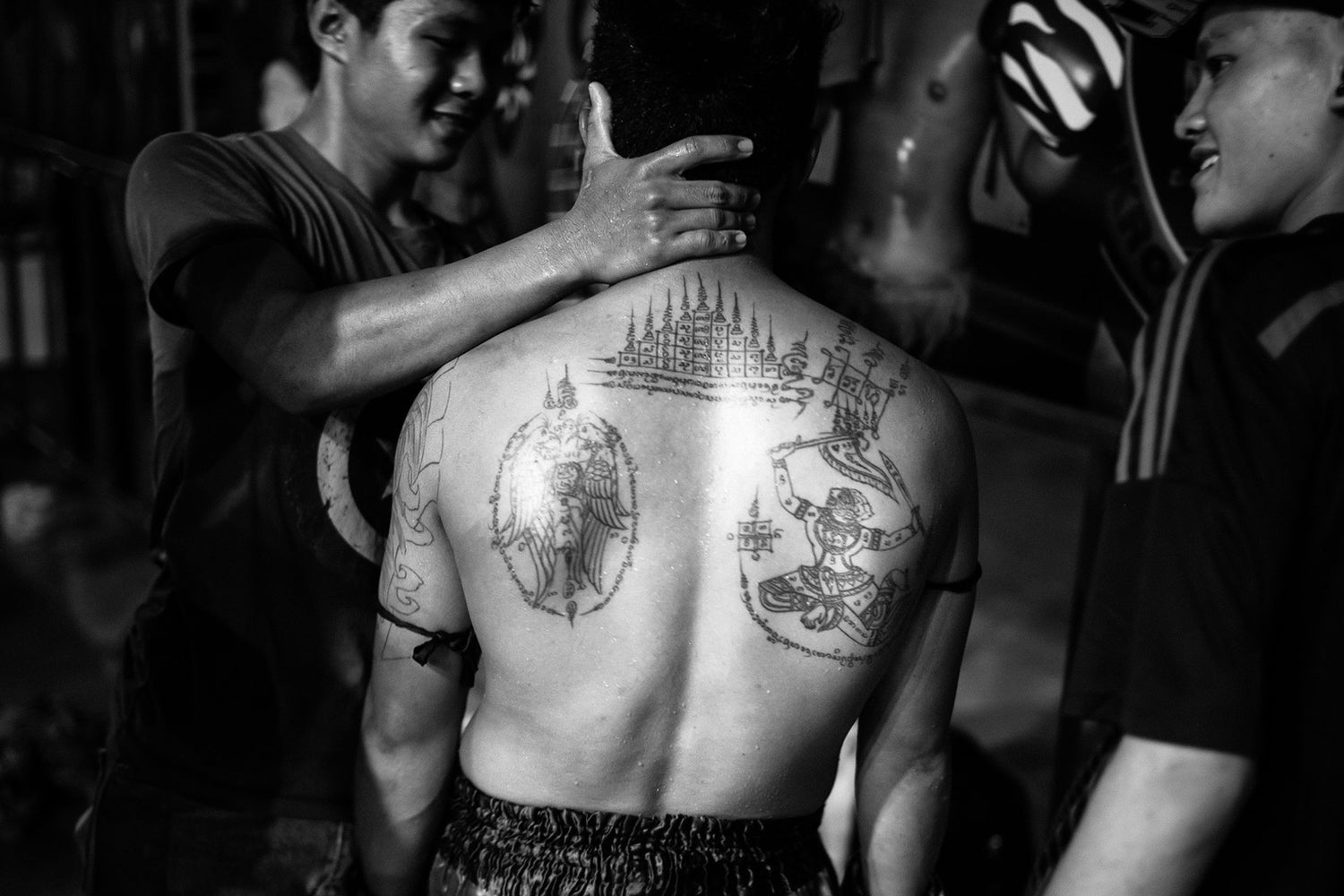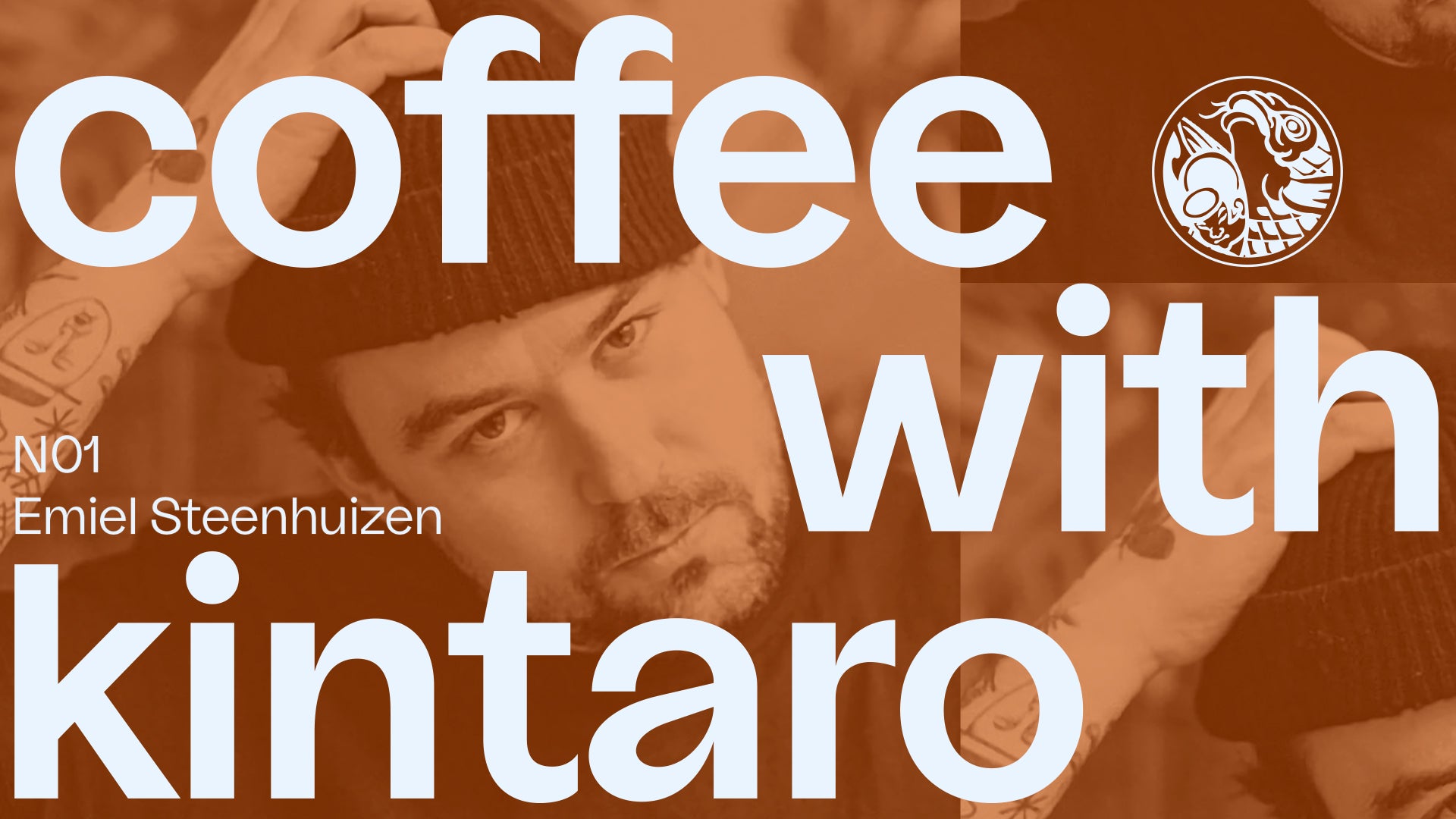From ancient warriors to gap-year hikers, the Sak Yant (or “Yantra”) tattoos of Southeast Asia have offered protection and inspiration to many over the years. Said to bring good fortune, prosperity, and protection from evil spirits, these tattoos contain a wealth of rich spiritual and cultural heritage. But what are the origins of this fascinating tradition, and what is the significance of its mystical symbols, prayers, and mantras? Let’s find out…

Spiritual origins
In their modern incarnation, Sak Yant tattooing practices bear witness to the many religious and cultural traditions that crisscross Southeast Asia. The phrase “Sak Yant” itself combines the Thai word for tattoo, “S̄ạk”, with the Sanskrit word “Yantra” – meaning a sacred geometrical arrangement used to aid meditation and rituals in some Indian religions. The symbolism of the tattoos themselves combines elements from Buddhism and animism, among other traditions, creating a wholly unique visual and spiritual language.
Said to originate in the ancient capital city of Angkor Wat (in modern-day Cambodia) – the center of the former Khmer empire – Sak Yant tattoos are known to date back to the ninth century. And they weren’t just intended to provide spiritual solace. Khmer warriors were often given Sak Yant tattoos before battle as a kind of armor. This was both to give them courage and to keep them safe from spears and arrows. Perhaps this explains the modern popularity of Sak Yant tattoos among those with high-risk professions, such as policemen, soldiers, and Muay Thai fighters.

Source: Gato-gato-gato
A living tradition
Traditionally, a Sak Yant tattoo could only be administered by an ordained monk, but nowadays laypeople are also permitted to practice on temple grounds. One of the best-known locations to get a Sak Yant tattoo is the Wat Bang Phra temple outside Bangkok, famous for its annual Wai Kru festival. During the festival, on the first weekend of March, thousands of pilgrims arrive to get inked or renew the spiritual power of their tattoos through prayer. Wat Bang Phra was also the last home of the renowned Sak Yant master Luang Phor Pern – known as a driving force behind the popularization of the temple’s distinctive tattooing style.
Choose wisely
Getting a Sak Yant tattoo is not something to undertake lightly, not least because it can be an extremely painful process. A tattoo master, known as an Ajarn, will use traditional tools such as a sharpened bamboo stick about 4 millimeters wide and 18 inches long,although metal sticks may also be used. The process can take from 15 to 30 minutes and typically involves around 1000 to 3000 jabs.
Your choice of design should also be carefully considered, as there is a wide range of possible options – unique to the Ajarn applying them. These will typically include elements of sacred geometry, animals, deities, and blessings or mantras in the ancient Pali language (a relative of Sanskrit). The Ajarn will be happy to discuss your options, but first-timers will usually be guided toward one of the three following “Master Yants”:
- Yant Gao Yord (“The nine peaks of Buddha”): the best-known of the Yants, containing nine blessings for invincibility, luck, bravery, and success.
- Yant Ha Taew (“Five lines”): one of the most common Yants, containing five separate blessings that are said to prevent injustice, bad fortune, and physical harm, as well as promote financial success and attractiveness.
- Yant Paed Tidt (“Eight directions”): blessings and mantras that provide protection against malicious spirits, from all directions.
After the Master Yants, the more adventurous can also choose from motifs such as animals and deities, which are said to confer on the wearer their own unique characteristics. For instance, the tiger and lion designs, popular among Muay Thai fighters, are said to give the wearer fierceness and power. The dragon, meanwhile, offers fearlessness and wisdom, while the swan represents freedom from earthly bondage. An image of the monkey deity Hanuman is said to bestow invulnerability, while images of Buddha represent compassion and loving-kindness.

Source: samuifighthouse
Not just a tattoo
Given that getting a Sak Yant tattoo is seen as a major spiritual milestone, it’s not surprising that prayer and chanting are used to activate the tattoo’s spiritual power. Each Sak Yant tattoo also comes with its own moral code (usually based on the teachings of Buddhism), which is determined by your Ajarn. For instance, getting a Yant Gao Yord might require you to avoid lying, intoxication, and disrespecting your parents. It is said that, if a Sak Yant’s guidelines are not adhered to, the tattoo will lose its mystical powers. However, those who disobey can have the spiritual energy of their tattoo renewed by a monk at the Wai Kru festival mentioned above.
Although Sak Yant tattoos have been popularized by celebrities such as Angelina Jolie and Cara Delevingne, nothing can diminish their mystical significance. And even if this particular tattoo style isn’t right for you, it is still a wonder to behold this ancient tradition, still carried out to this day.




Leave a comment
This site is protected by hCaptcha and the hCaptcha Privacy Policy and Terms of Service apply.